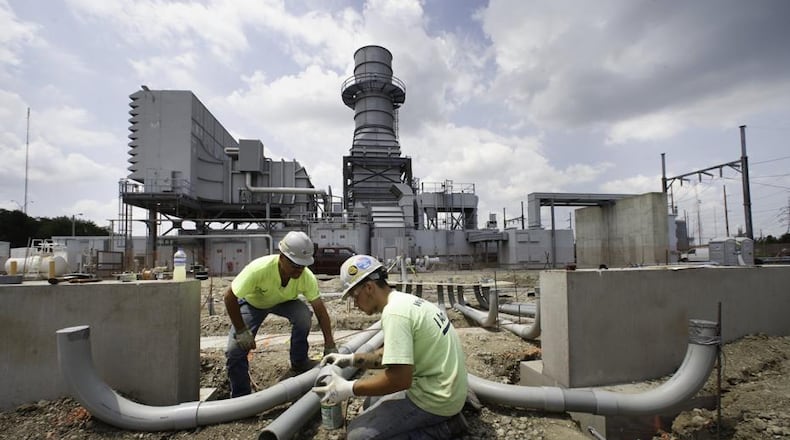In general, “smart” grids allow a better grasp of data, letting utilities detect and react to power outages and other changes.
The plan will mean higher rates, an increase of 94 cents for the average residential customer using 1,000 kWh (kilowatt-hours) on AES Ohio’s “standard service offer.” Electricity usage is calculated in kWh, or 1,000 watts used for one hour. As one example, a 100-watt light bulb on for ten hours uses one kilowatt-hour.
Commission members unanimously approved the plan.
In a release after the commission’s vote, AES Ohio said the vote approves implementing the first phase of the smart grid plan with a commitment to file the second phase within three years.
“AES Ohio now has resolution in other associated matters and a clear path to begin executing the company’s plans to modernize its electric grid, providing all customers with benefits such as fewer outages and enhanced communication,” the company said.
“This is an important moment for our AES Ohio people and the customers we serve, as the order allows us to move forward in our digital transformation to bring all customers innovative grid technologies,” said AES Ohio president and CEO Kristina Lund.
PUCO members also unanimously approved an application from the Office of the Ohio Consumers’ Counsel (OCC) for a rehearing on an AES Ohio rates case.
The OCC in April filed an unusual writ of procedendo before the Ohio Supreme Court, accusing the PUCO of delaying a final appealable order final in a case involving AES Ohio rates.
By delaying that order since February 2020, the OCC has argued, the PUCO allowed AES Ohio to charge its customers about $91 million for what the OCC alleges is an unlawful charge.
PUCO member Jenifer French said Wednesday that with passage, the commission will direct AES Ohio to file revised tariffs that provide for a rate stabilization charge will be refundable “to the extent permitted by law.”
“OCC believes that we have the discretion at the PUCO to make the rate stabilization charge refundable,” French said in the commission’s online meeting. But she added:
“I think it’s clear that we disagree with that, but with that being said, we are mindful of the argument that it is unfair when rates and charges are deemed unlawful and there’s no refund of the rates and charges.”
French said also that unless the PUCO explicitly places “refund language” in the utility tariff, the Ohio Supreme Court “won’t or can’t” address the issue of any possible refund.
With Wednesday’s passage, the OCC can now pursue its appeal in the matter.
“The history of this case has been unique and certainly complex, dating back to our first approval of the (AES Ohio) rate stabilization charge, which was part of the stipulation signed in 2009 by many parties, including at that time, the Ohio Consumers’ Counsel,” French said.
With Wednesday’s passage, an appeal may lead to “hopefully ... a definitive answer” on “what has been a highly debated topic,” French said.
After 110 years as Dayton Power & Light, the Dayton area’s electric utility changed its name to “AES Ohio” in February.
AES Ohio serves more than 527,000 customer accounts, representing 1.25 million people in West Central Ohio. Its service area covers 24 counties within 6,000 square miles.
About the Author

